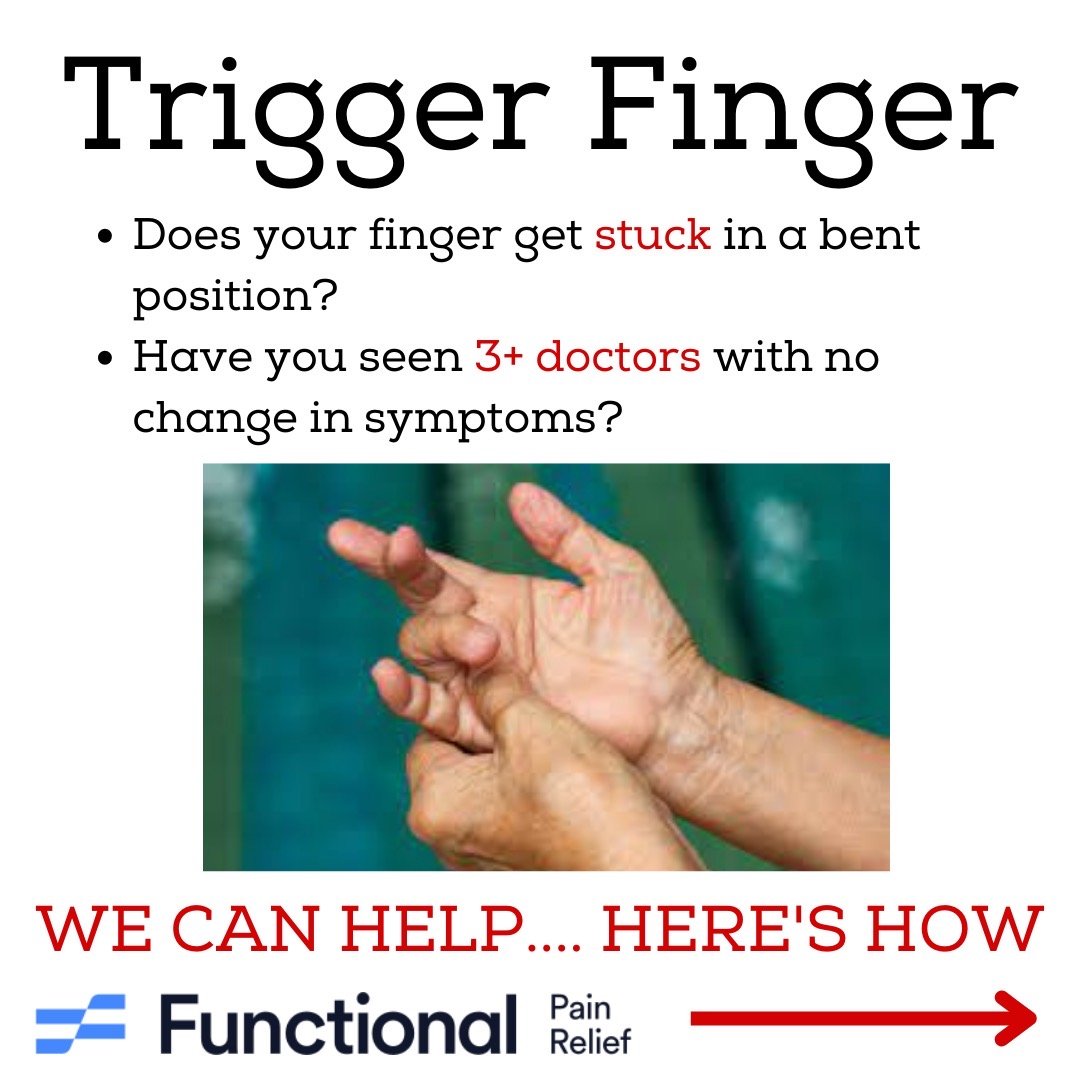Trigger Finger
Trigger finger and what you need to know before you schedule surgery.
People that care about their hands and their capability to use them understand how crippling it can be when you lose your dexterity and strength.
Trigger finger (aka stenosing tenosynovitis) is a common condition among people that use their hands. It's very easy to diagnose as the finger or thumb will become stuck when flexed and have to snap back when straightened out.
The tendons going to the finger or thumb becomes enlarged, swollen, and inflamed which restricts normal motion as the tendon slides through its sheath. The tendon is damaged and degenerated.
Traditional non-surgical treatments all focus on reducing inflammation and pain, which is great but those treatments don't do anything to actually heal the damaged tendon. Common treatments include injections, NSAIDs, ice, and occupational therapy. While these treatments may feel good for a while they will be incomplete.
If someone is unresponsive to the above treatments, then surgery is recommended. Surgery always carries risk of further damage. Cartilage damage, nerve injury, infection, and other soft tissue damage is possible with surgery. Even if the surgery goes well and more space is created for the tendon right now, in the long-term the tendon still isn't fully healed and may go back to the trigger state again.
Our solution with shockwave treatment works better!
Shockwave not only reduces pain, inflammation, stiffness, and snapping it actually helps the tendon heal.
The side effects are temporary soreness.
We have successfully treated trigger finger with our advanced shockwave protocols when patients have failed other treatments!

